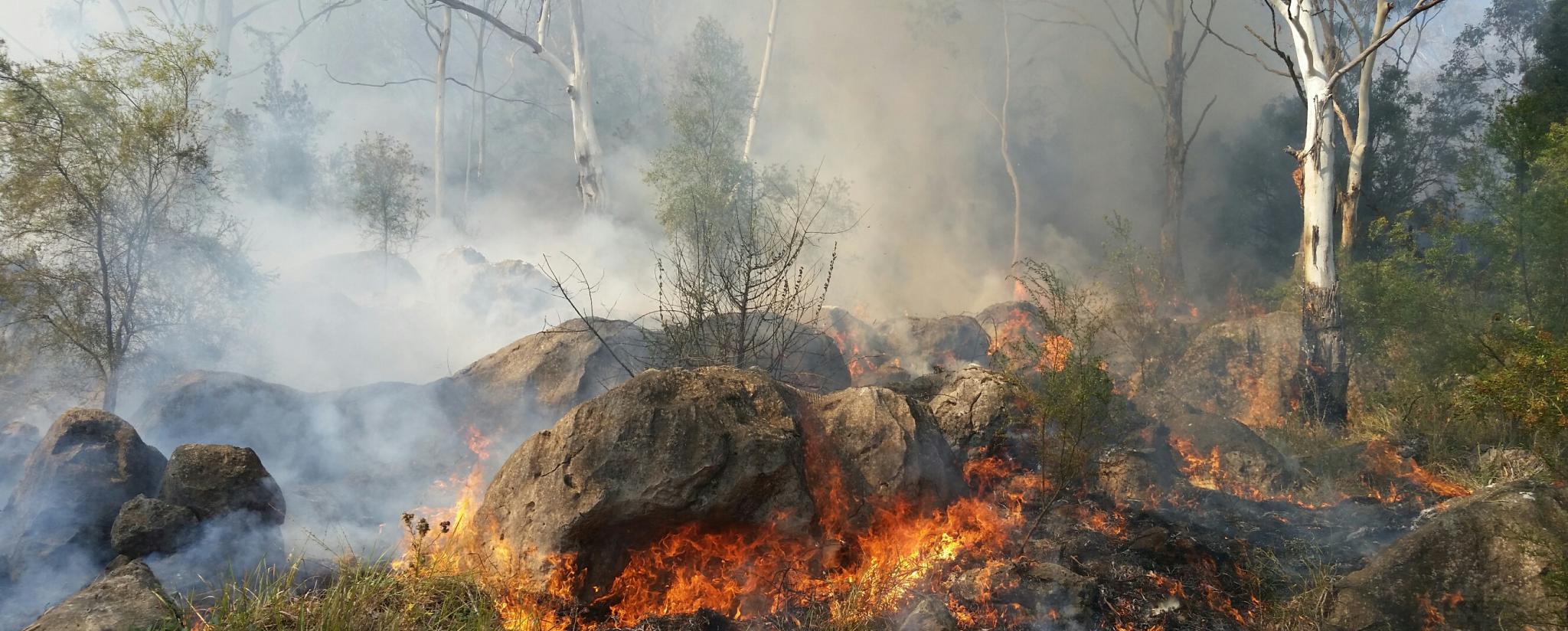Just How BAL Report Impacts Shrub Fire Protection Procedures
In the world of bush fire protection, the Structure Assault Level (BAL) record stands as a critical device that significantly affects the security and resilience of properties in fire-prone locations - BAL Report. The influence of a BAL evaluation prolongs far past mere documentation; it works as the foundation for establishing the ideal construction criteria and fire protection measures required to reduce the risks positioned by bushfires. As areas come to grips with progressively severe fire periods, understanding exactly how the BAL record shapes these safety actions becomes vital for house owners, contractors, and policymakers alike
Understanding the Bushfire Assault Degree

Value of BAL Report Assessment

Furthermore, the BAL record assessment acts as a fundamental step in abiding by legal obligations and demands related to bushfire defense. Neighborhood councils and authorities typically mandate the entry of a BAL report as component of the preparation and structure authorization process to guarantee that properties are properly protected against bushfire risks. Falling short to conduct a thorough BAL report analysis can cause inadequate defense procedures, leaving buildings at risk to ruining bushfire cases.
Building Requirements Based Upon BAL
A comprehensive understanding of the Bushfire Attack Degree (BAL) allows building owners to apply building and construction standards customized to their details threat account. Building requirements based on BAL are essential in alleviating the effect of bushfires on buildings. The BAL rating categorizes the possible risk a residential property encounters throughout a bushfire on a scale from BAL-Low to BAL-FZ (Flame Zone)
Carrying Out Fire Defense Measures
With the foundation of building criteria based on Bushfire Strike Degree (BAL) in area, the focus currently shifts in the direction of the useful implementation of fire protection measures to strengthen homes versus bushfire hazards. Implementing fire defense steps entails a combination of passive and energetic strategies to enhance the strength of structures in bushfire-prone locations. Passive actions consist of making use of fireproof building products, setting up cinder guards on vents, sealing spaces in roofs and walls, and maintaining a clear space around the residential property devoid of flammable plant life. Active measures encompass having firefighting devices readily available, such as tubes and water pumps, along with creating a defendable room around the building by clearing plant life and having a well-kept yard. Furthermore, creating an emptying strategy and guaranteeing all locals understand emergency treatments are important components of efficient fire defense actions. By incorporating both passive and active methods, residential or commercial properties can substantially decrease their vulnerability to bushfire incidents and enhance the safety of passengers.
Safeguarding Residences Against Bushfires
Effectively protecting homes against the damaging influences of bushfires calls for a comprehensive and positive technique to fire protection actions. Homeowners staying in bushfire-prone locations have to prioritize the execution of different approaches to enhance their residential property's resilience against wildfires. One essential aspect is creating a defensible space around the home by preserving a clear zone without combustible materials. This includes on a regular basis trimming plant life, eliminating dead plants, and guaranteeing a recommended you read safe range between trees and frameworks. Installing fire-resistant roof products can likewise considerably minimize the danger of ash attacks and direct fire get in touch with. Additionally, sealing vents and gaps to stop cinder intrusion, along with including fire-resistant windows and doors, can aid strengthen the home's defense against bushfires. Purchasing a trustworthy water resource, such as a well-maintained automatic sprinkler or a dedicated water tank, is critical for providing water during fire emergency situations - BAL Report. By welcoming a positive position and integrating these protective steps, house owners can dramatically increase their possibilities of safeguarding their homes versus bushfires.
Conclusion
Finally, the Bushfire Attack Level (BAL) report plays a vital function in identifying the needed protection measures versus bushfires. By analyzing the BAL, building standards can be tailored to reduce the risks and make certain the safety and security of homes in fire-prone locations. Implementing fire protection actions based upon the BAL record is vital in securing properties from prospective bushfire hazards. It is important for home owners to prioritize BAL assessments and stick to advised building and construction criteria to boost bushfire durability.
In assessing bushfire danger to buildings, comprehending the Bushfire Attack Degree (BAL) is an essential part for executing efficient defense steps. On the whole, a clear understanding of the Bushfire Strike Degree is essential for carrying out adequate security measures and alleviating the influence of bushfires on properties.
